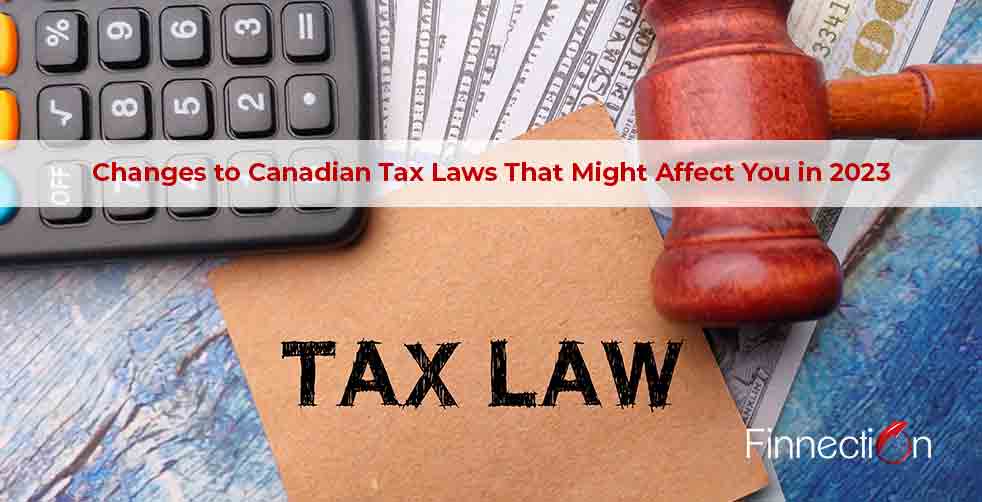A number of of the main tax percentages have increased significantly for 2023 as a result of the considerable inflation we had in 2022. Economic uncertainty has been strong over the last 12 months as a result of COVID-19 developments.
As a consequence, while submitting income tax returns in 2023 and thereafter, Canadian taxpayers need to be conscious of several kinds of changes.

Increase in the Basic Personal Amount:
Anyone who pays income taxes in Canada is eligible to claim the Basic Personal Amount, sometimes known as the BPA. Taxpayers who earn more than the threshold will see their payments partially reduced.
The Basic Personal Amount (BPA) is increasing to $14,398 for the 2022 tax year as part of the government of Canada’s phased implementation of its December 2019 intention to increase the BPA to $15,000 by the year 2023.
Adjustment for inflation:
The Canada Revenue Agency declared in November 2022 that the inflation rate to be applied to index the tax bands and amounts for 2023 would be 6.3%.On January 1, 2023, new tax bracket thresholds and various non-refundable credit amounts go into effect.
Tax credits for first-time home buyers doubled:
Following the adoption of new legislation in December 2022, qualified new home buyers will be able to claim a $10,000 non-refundable income tax credit, which is a double-digit increase from what they could previously do. This might result in a tax savings of up to $1,500.
CPP (QPP) contributions:
The maximum CPP contribution will increase from $6,999.60 ($7,552.20 for QPP) in 2022 to $7,508.90 ($8,076.80) in 2023 for self-employed Canadians who must contribute twice as much.
Changes to the Old Age Security income caps:
Seniors who earn an excessive amount of money may be required to repay some of their OAS.
The following are the new thresholds for the 2022 tax year:
- $80,761 is the minimum income recovery level.
- Ages 65 to 74 maximum recovery thresholds: $134,626.
- For people aged 75 and above, the maximum recovery threshold is $137,331.
EI premiums:
With a contribution rate for employees of 1.63 percent (1.27 percent for Quebec) and a maximum contribution of $1,002.45 ($781.05 for Quebec) on the maximum insurable earnings of $61,500 in 2023, employment insurance premiums are also increasing.
RRSP dollar limit increase:
For the 2022 tax year, the annual cash cap for registered retirement savings plans, or RRSPs, has increased to $29,210 from $27,830 in 2021. Keep in mind as well that the maximum personal contribution is remains 18% of your total income from work.
Tax credit for multigenerational home renovations:
This new credit, which is worth 15% of eligible costs (up to $50,000) for a qualifying renovation that creates a secondary dwelling to enable an eligible individual (such as a senior or a person with a disability) to live with a relative, also goes into effect on January 1.
Advice on how to file taxes in Canada:
Most Canadians are required to file their taxes annually with the Canada Revenue Agency. There are a few exceptions, but you will probably need to pay Canadian taxes if you are earning money in Canada (even if you reside elsewhere).
You can file your taxes appropriately using internet tax programs, or if your circumstances are complex you can hire services of Finnection.
If you have any questions regarding Canadian Tax Law changes, feel free to contact finnection via email at info@finnection.ca or call us at (647) 795-5462
Disclaimer: Above information is subject to change and represent the views of the author. It is shared for educational purposes only. Readers are advised to use their own judgement and seek specific professional advice before making any decision. Finnection Inc. is not liable for any actions taken by reader based on the information shared in this article. You may consult with us before using this information for any purpose.
